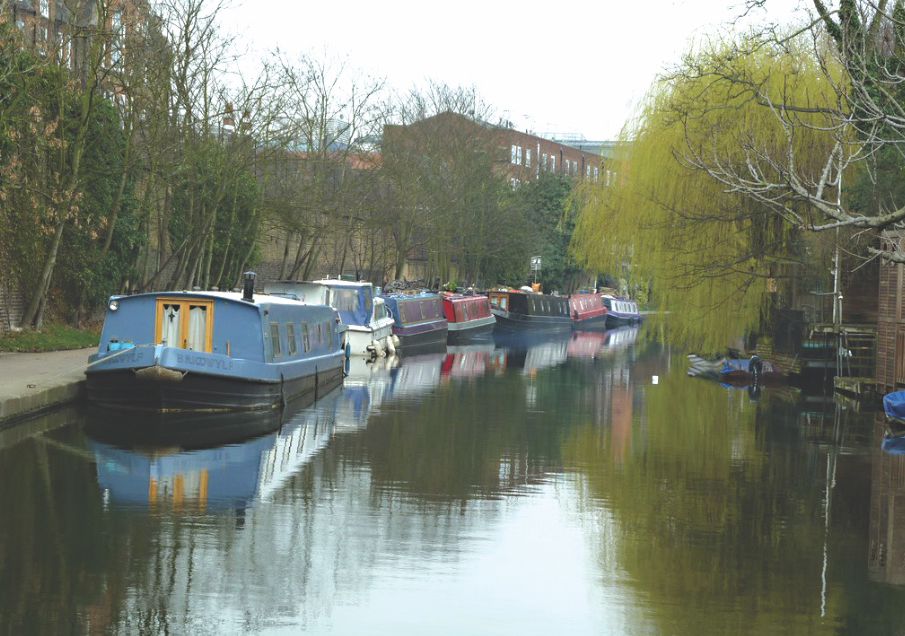The engineer who was a founding father of the Regent's Canal
James Morgan deserves recognition for the creating waterway network
Friday, 30th August 2024 — By Dan Carrier

THEY were armed with pickaxes, shovels, wheel- barrows, a few sticks of dynamite and whatever muscle power they could muster in dark, cramped and dangerous conditions.
Their job was to carve their way through hundreds of tons of mud, clay and rock, all guided and overseen by the engineer, James Morgan.
Morgan, whose name is not as well known as some of his contemporaries who built Victorian London, was a key driver in the building of the Regent’s Canal.
His work as an engineer made the Camden Town we know today.
Born in London in 1774, Morgan emerged as a young assistant to the architect John Nash in Carmarthen, Wales.
In 1806, Nash had landed a job as architect to a government ministry, the Department of Woods and Forests.
Nash’s annual salary of £200 included paying Morgan a wage as his assistant: and by 1811, the pair were in Camden Town, laying out plans that would change the face of the capital with a new village, set around sculpted parkland.
While Nash has been rightly credited with the plans, it was Morgan who brought them to life: he oversaw the road making, installing paths and lakes, and forming flower beds and avenues.
It was while Nash was forming his plans in 1811 that he was approached by canal entrepreneur Thomas Horner, who saw the need for a waterway through London.
Morgan was behind the first draughts for the construction, and in September 1812, it was his design that won Parliamentary approval.
Work on the Islington Tunnel – now Grade-II listed – eventually stretched for three quarters of a mile and was opened in August, 1820.
Morgan’s contribution was, for once, noted – he was given a berth on the lead barge in a grand procession to officially announce the tunnel was open.
When his boat emerged into the light at the other end, it was greeted with a fusillade of cannon fire and a brass band struck up. He would remain the canal’s chief engineer until 1835.
The tunnel lacks a tow path, meaning there was no way for horses pulling barges to access the tunnel. Instead, the boats were shifted with manpower alone – and it is where the cockney phrase to “leg it” comes from.
Boatmen would lie flat on their backs on the roof of the boat and use their legs on the brick ceiling of the tunnel to propel the barge forward.
In 1826, Morgan set out a steam-powered tug boat system, using chains to haul the barges through, was introduced.
The brilliance of the engineering was celebrated by an architectural flourish: its western entrance had a brick and stone design attributed to Nash.
Still serving the purpose Morgan designed it for over 200 years ago, his is a name not widely known but is a founding father of NW1